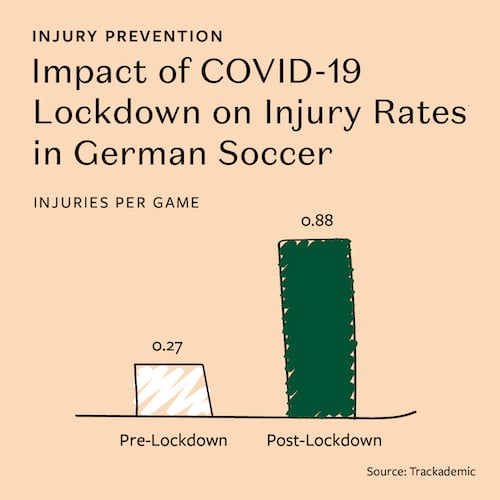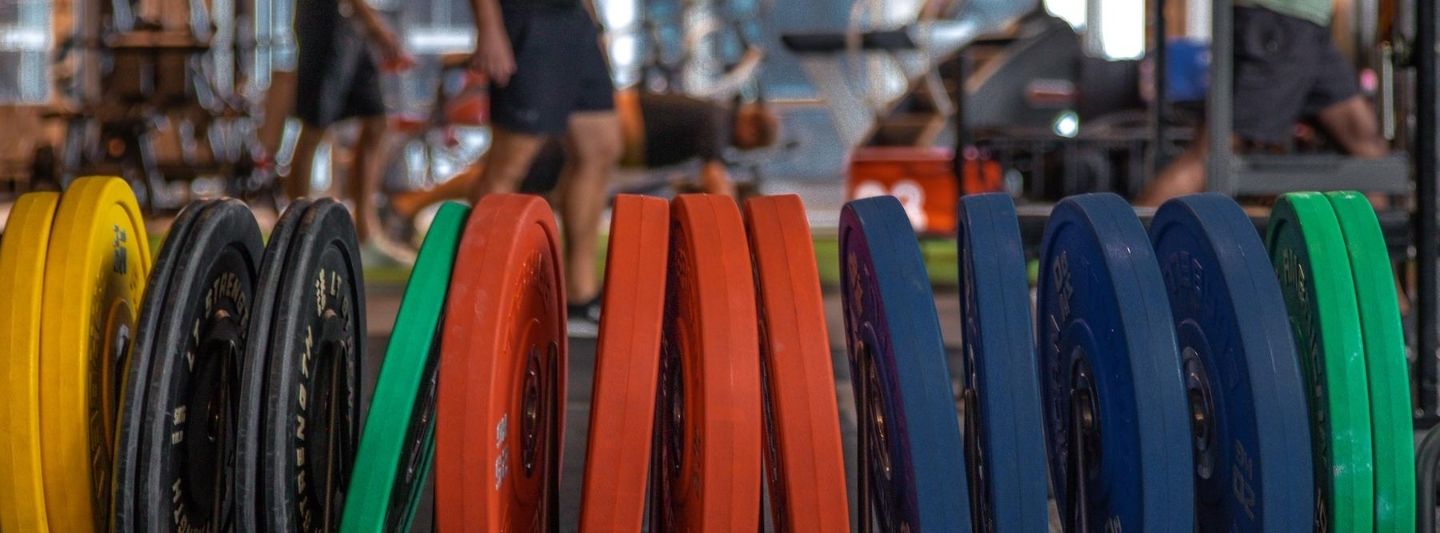After the 66-day hiatus due to COVID-19, Germany’s Bundesliga became one of the first major sporting leagues to resume post-lockdown.
Interestingly, a closer look at league data found that post-lockdown injury rates per game increased by 300% from an average of 0.25 injuries per game during pre-lockdown, to a whopping 0.88!

The quick resumption of Germany’s Bundesliga is something we can all learn from - that is, as we return to the gym from a break that we’ve taken for whatever reason (whether it’s an injury, a global pandemic or a lack of motivation) to do so in the safest way possible.
Planning on venturing back to the gym after some time off? Here are some tips to doing so safely!
1. Warm up
As cliché as this sounds, you’d be surprised at how many people don’t actually take the time to properly warm up before their sessions. Warming up primes your muscles and joints for activity and it’s even more crucial after a period of inactivity.
Without proper warm ups, you risk injuring your tendons and joints so ensure that you focus on mobility and activating these muscles and joints before each session at the gym.
2. Start at low intensity
You shouldn’t rush to execute your exercises at the same level of intensity as when you last left off. In terms of weights, starting at 50% intensity is a safe starting point as it allows you to focus more on nailing your form and reduces likelihood of any potential injury.
Gradually, you can increase intensity by around 10% each week so your body becomes accustomed to the heavier weights. Within 5 to 6 weeks, you’ll find yourself lifting pretty close to 100% intensity again.
3. Delay plyometrics

Avoid getting back into plyometric exercises such as jumping, skipping or hopping as these are activities which put extra strain to your tendons and their bony insertions.
The team at Elevate Physiotherapy suggest restarting plyometrics at least 2 weeks back into your fitness routine - still limiting these activities to twice a week as they can take around 72 hours to recover from.
4. Allow yourself time for ample recovery
Give yourself at least 48 hours to rest between each session. In other words, you can exercise 3 times per week. This will give your muscles more time to rest from the increased load being placed on them.
5. Listen to your body
Do not ignore any discomfort or pain. This is the most simple tip that people also tend to disregard the most. If you’re in pain, your body's crying out for help. Do seek help from a professional as early as possible, especially if you’ve just returned from some time off the gym.
Core Collective is building centres of excellence where the top fitness and wellness professionals collaborate to deliver best services and results for our customers, all under one roof.
Click here for a comprehensive list of all the fitness & wellness professionals available at Core Collective.


